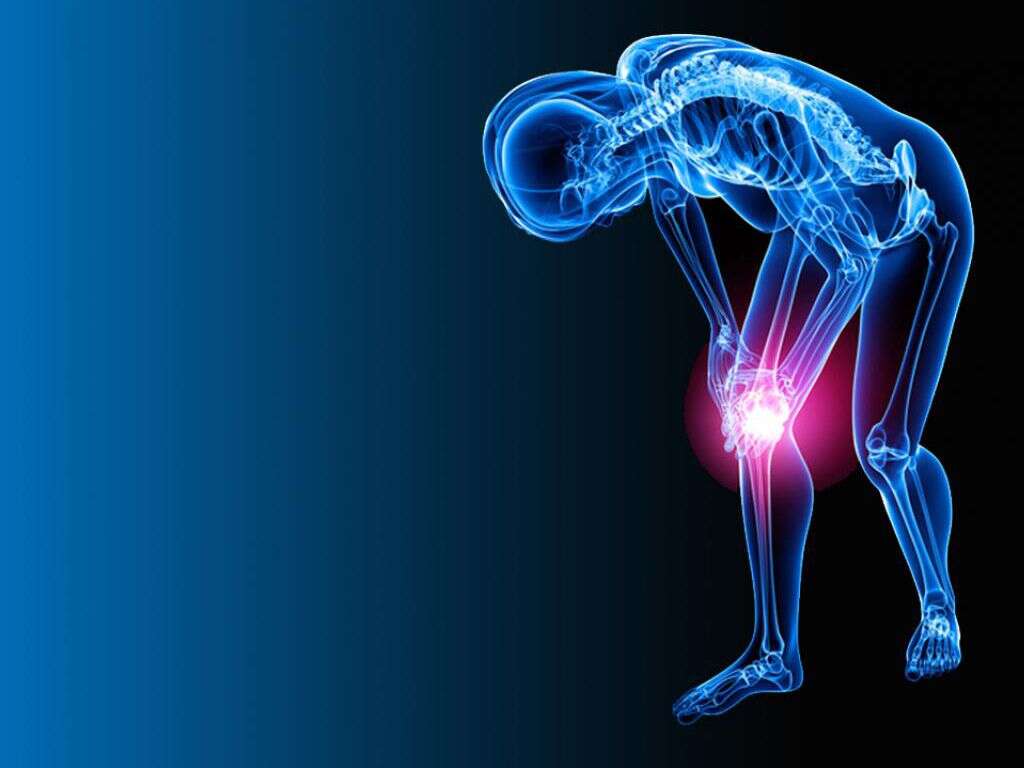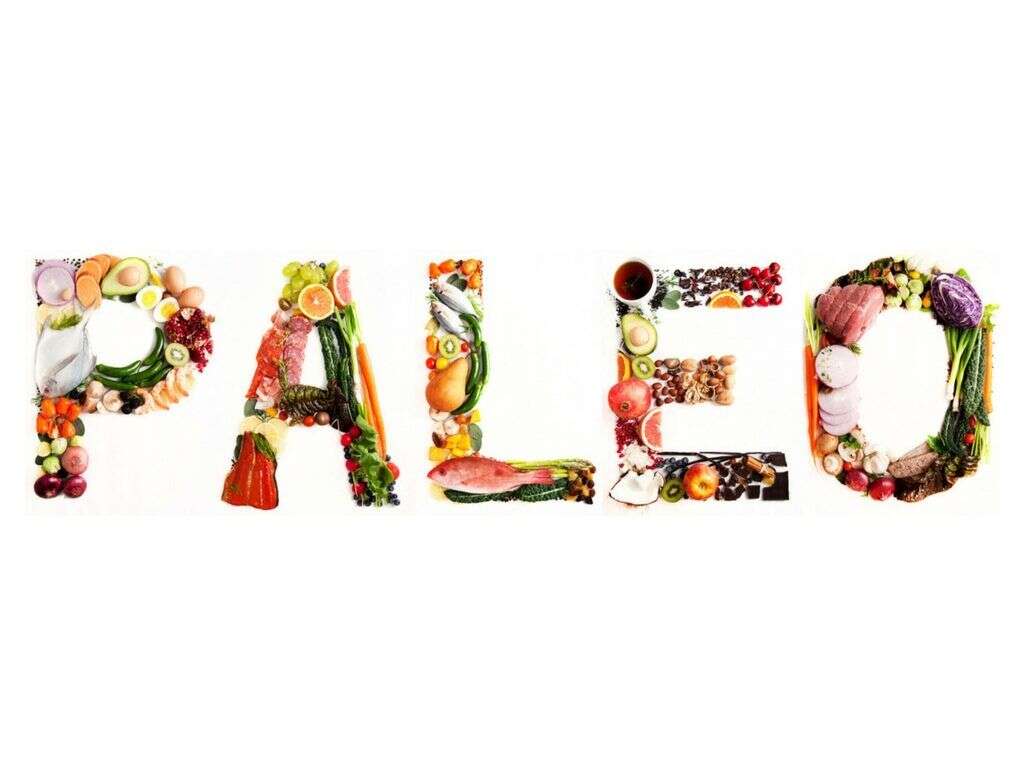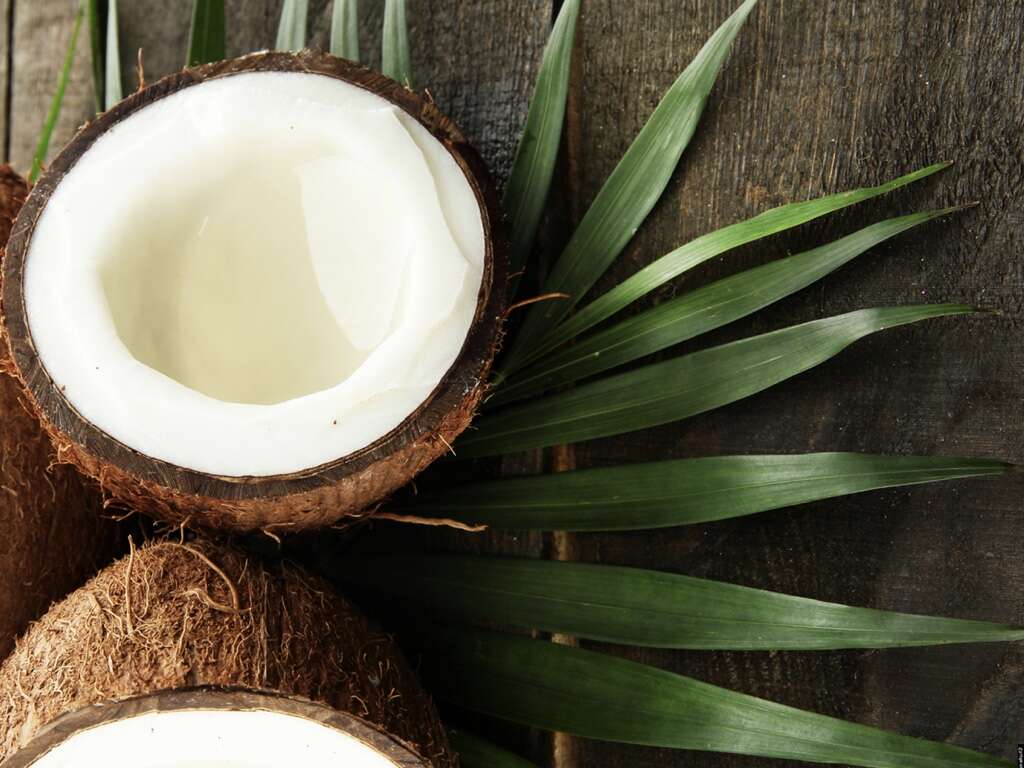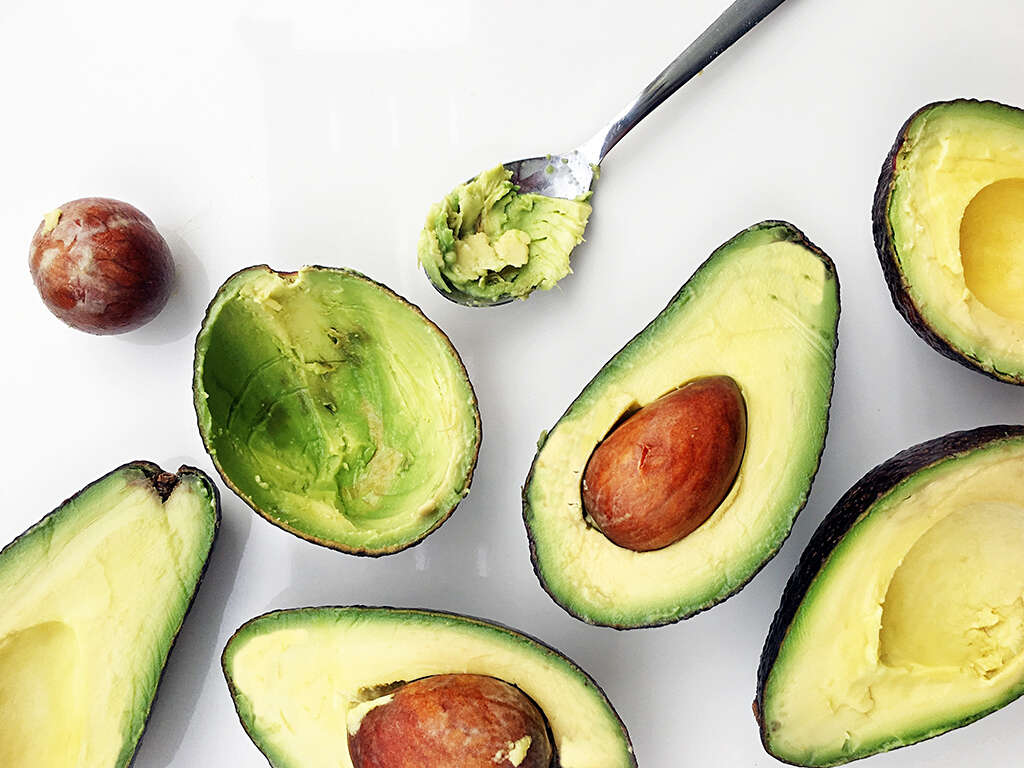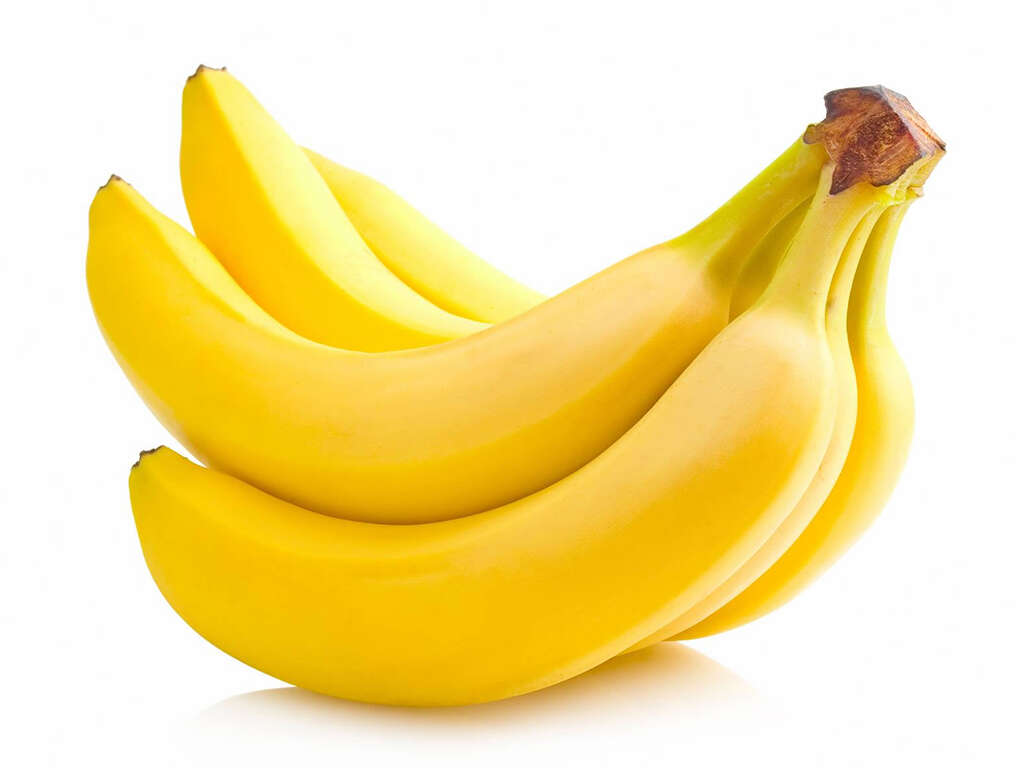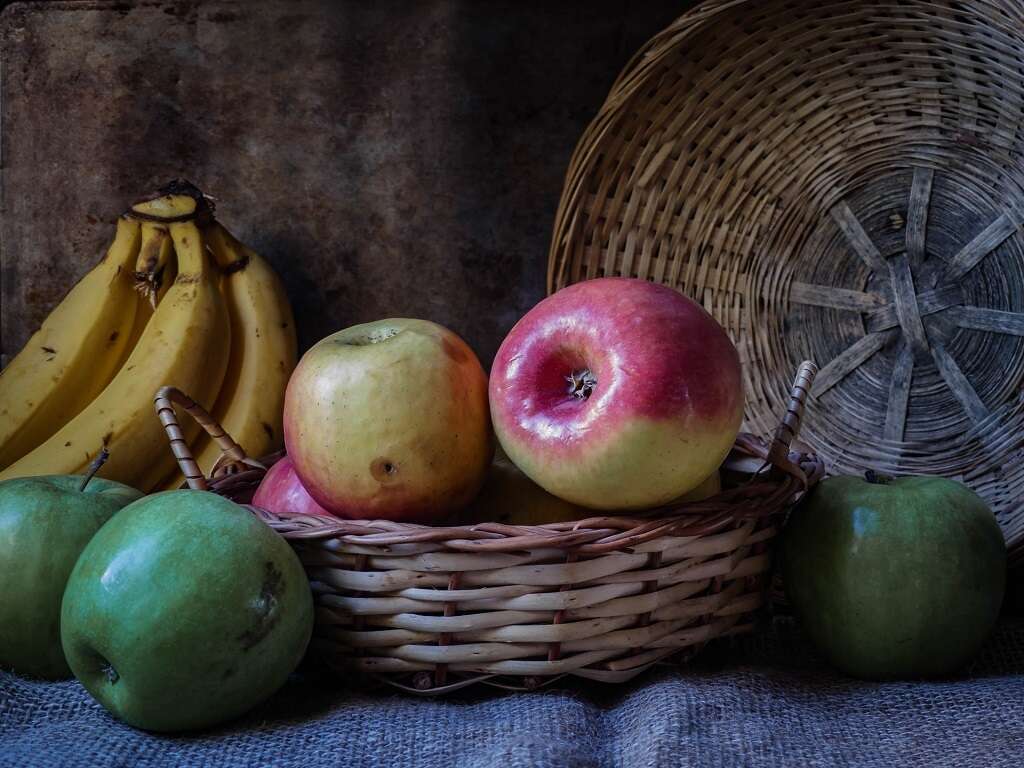10 Low Glycemic Foods
The glycemic index (GI) is a tool used to determine how slowly or quickly a food can spike an individual’s blood sugar. Foods that have a high glycemic index will release glucose rapidly into the bloodstream, whereas foods low in the glycemic index will absorb slowly. In addition, foods which are low on the glycemic index tend to aid in weight loss as they tend to also be high satiety foods. In contrast, high glycemic foods tend to come from simple carbohydrates such as sweets, breads, and pastas.
The glycemic index includes a scale from 1–100. Foods that are scored 55 or less are considered low, foods with a GI score of 56–69 are considered medium, and foods that are scored 70 or higher are considered as having a high GI score.
Not all high glycemic foods are bad. However, it is essential to incorporate a healthy balance between the two. The GI of a food is influenced by several factors. The type of sugar, the structure of the starch, how processed the food is, the cooking method, and even the ripeness of the food can affect the GI level.
Food #1: Fish Products
Fish products, such as salmon, trout, tuna, sardines, or prawns, are great low glycemic foods one can incorporate into their diet. These foods are high in protein and low in carbohydrates. Carbohydrates affect blood sugar levels the most, which is why understanding the different forms and their effects on blood sugar is so important for diabetics.
In addition to maintaining stable blood sugar levels, fish is rich in omega 3 fatty acids. Omega 3 fatty acids have been linked to memory retention, reducing triglycerides in the body, and maintaining overall heart health. To continue, numerous studies have reported fish keeps individuals feeling full longer. Even longer than other protein sources such as beef and chicken. This effect can aid in weight loss.
Food #2: Fruits
Not all fruits rank the same on the glycemic index. Fruits with the lowest glycemic score index include cherries, grapefruit, apples, pears, peaches, and berries. These fruits all scored below 40 on the glycemic index. In addition, these fruits are packed with numerous antioxidants, are low in calorie, and high in fiber, which has numerous benefits for gut and digestive health.
Some fruits which score higher on the glycemic index scale include the tropical fruits, such as bananas, mangoes, and papaya. The ripeness of a fruit affects its glycemic score. For instance, an under-ripe banana can have as low of a GI score as 30, placing it in the low category. However, in its ripe stage, it can be as high as 70, making it a high GI source. Thus, when deciding to choose a fruit, keep this factor in mind!
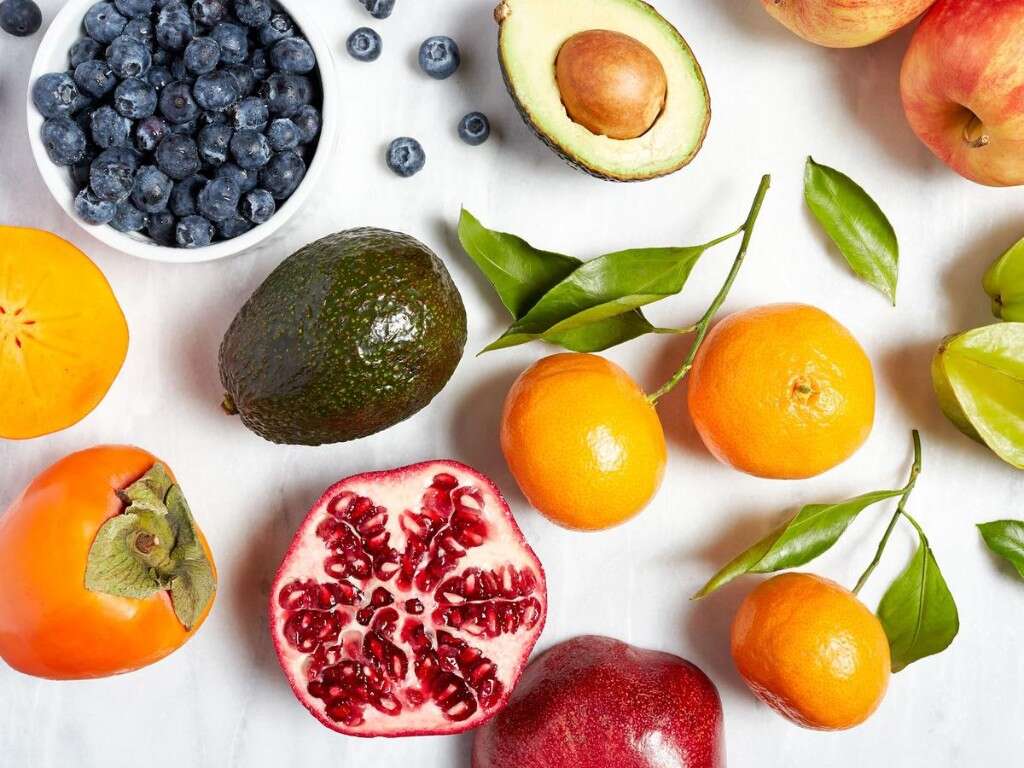
Food #3: Vegetables
Vegetables are a great addition to any diet, especially due to their minimal effect on blood glucose sugar levels. Like fruits, not all vegetables are the same. Some vegetables have a significantly lower score than others. Some vegetables with a low GI score include zucchini, spinach, peppers, onions, okra, kale, eggplant, broccoli, Brussel sprouts, and cabbage. The list is quite long for vegetables. All, of the vegetables listed have a GI score of 15 or below.
Most vegetables have a low GI score, which makes grocery shopping easy. The vegetables which have a higher GI score include potatoes and pumpkin, which have a GI score above 70. This does not mean you must eliminate the foods entirely. Simply pairing it with low GI foods, or eating them in small portions, can still allow for stable blood sugar levels.
Food #4: Greek Yogurt
Greek yogurt has become quite a trend over the past few years and it comes with good reason. With its pudding like texture and slightly tart flavor, Greek yogurt has more protein and fewer carbohydrates and sugar then the traditional yogurt.
With its low carbohydrate amount and high protein content, this makes it a low glycemic index food. In addition, it also increases satiety. Meaning it will keep you feeling full longer. Currently, there are numerous Greek yogurts on the market, and not all can be treated the same. When buying Greek yogurt, search for a nonfat option that is unflavored. This type will have the lowest GI score. If you prefer the flavored one, it is best to flavor the yogurt at home with your own fruit, as the flavored Greek yogurts will certainly have a higher sugar content.

Food #5: Kidney Beans
Beans in the legume family are great dietary sources for protein, fiber, folate, and even iron. In addition, numerous bean types have been associated with lowering blood sugar levels.
One of the most commonly consumed beans, kidney beans, has one of the lowest GI scores in the legume family. Kidney beans have a GI score of 42. One study of 17 people with type 2 diabetes consumed kidney beans with rice. It was found, when pairing kidney beans with rice, it had a positive effect on lowering blood sugar versus when eating rice alone. Kidney beans are also great because they are low in calories. One cup has 215 calories, 13 grams of protein, and 14 grams of fiber.
Food #6: Lentils
Lentils are also a part of the legume family. Like kidney beans, lentils are high in protein and fiber. Lentils are very popular in Middle Eastern cuisine, very inexpensive, and easy to prepare as well. In a ½ cup of lentils, one can expect 9 grams of protein and 6 grams of fiber. This makes it an excellent source of these nutrients. Lentils have a GI score of 20, making it a great source of food for maintaining blood sugar levels.
Numerous health organizations recommend eating lentils daily. It has been linked to numerous health benefits such as lowering cholesterol, blood pressure, and maintaining blood sugar levels.
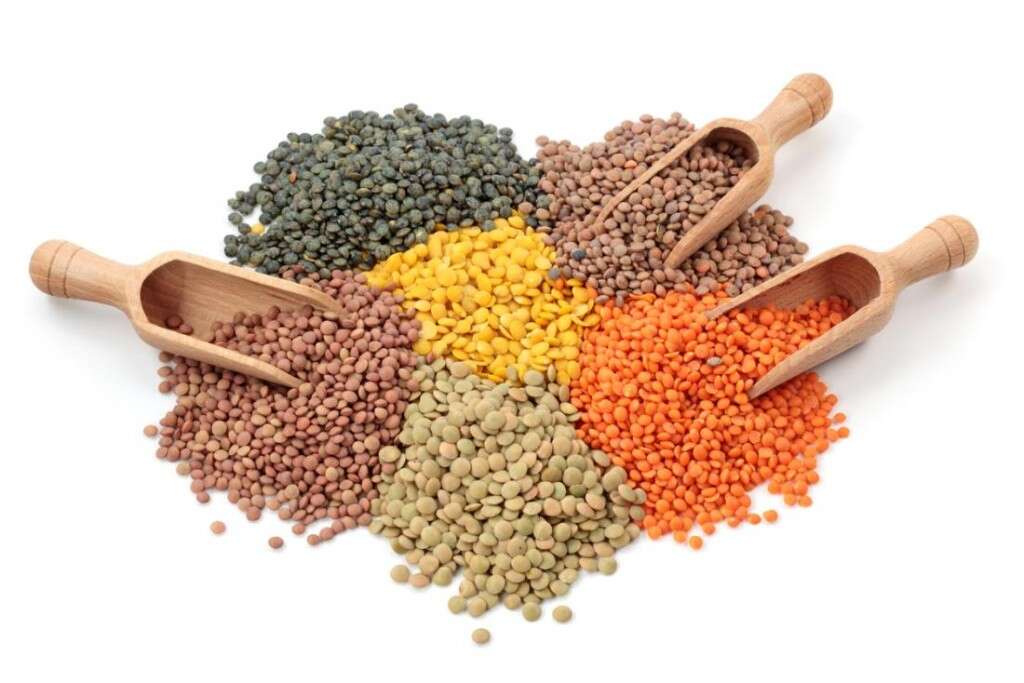
Food #7: Nuts
Nuts are a great snack. Adding a side of nuts or adding nut butter to breads or grains will lower the impact of starchy foods on blood sugar levels. Generally, all nuts have a low GI score. The GI ranges go from 14–21. Peanuts have the lowest score at 14, and cashews are 21. Nuts contain very minimal amounts of carbohydrates, which is why they are so low on the GI scale.
Nuts are great because not only do they have a low GI score, they can easily be incorporated into the diet. And with so many different types of nuts, from pistachios to sliced almonds, it is guaranteed that one will be able find one nut they like! Nuts are also very complementary to foods, so can easily be added to smoothies, yogurts, or baked goods.
Food #8: Oatmeal, Rolled Oats
Oatmeal has long been a common breakfast food. There are numerous different types of oatmeal such as steel cut, chopped, rolled, or instant oat groats. Oatmeal is cooked with liquid mixed in and served warm. Often, oatmeal can be served with other lower low glycemic index foods such as sliced almonds or fruits. When it comes to the GI score, rolled oats are the best option for a low GI.
Since rolled oats have a low GI, they can be very beneficial in maintaining glucose levels for diabetics. However, in addition, oat’s high satiety factor makes them a great food source to anyone’s diet as they will have you feeling fuller and more satisfied after a meal.
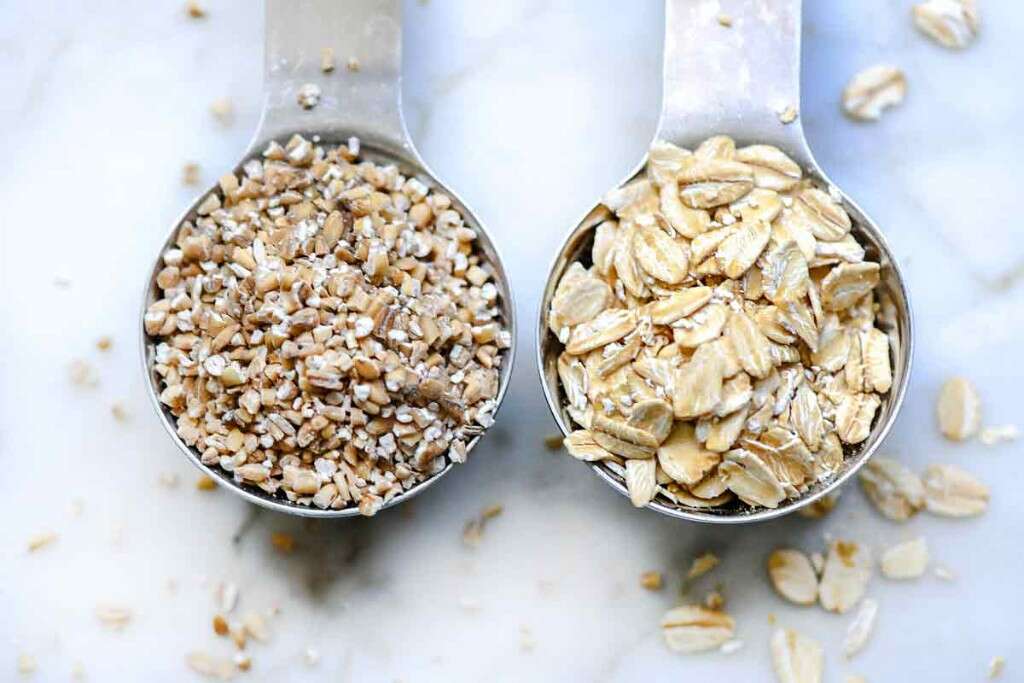
Food #9: Peas
Peas are not only low in GI, they also have some other essential nutrients that will help promote overall health. They are low in calories, rich in vitamin C, fiber, and are considerably high in protein. If your goal is overall good health, peas are a great food to consider.
In addition, peas are very cheap and easy to incorporate into dishes. They can be added to rice dishes, soups, salads, and can even be eaten alone as a side dish. Peas have a GI score of 22. Although considered a starchy vegetable, they have quite a low GI score.
Food #10: Mushrooms
Mushrooms do not only add lots of flavor to your meal, they also bring with them their own unique array of nutritional benefits. For instance, studies have found the mushroom shiitake to have specific anti-cancer properties, and portobello mushrooms can be used as a meat replacement for vegetarians.
With all these benefits, they are also ranked low on the glycemic index table. In fact, mushrooms have a GI score of 10. This makes them the lowest GI score on this whole list.



